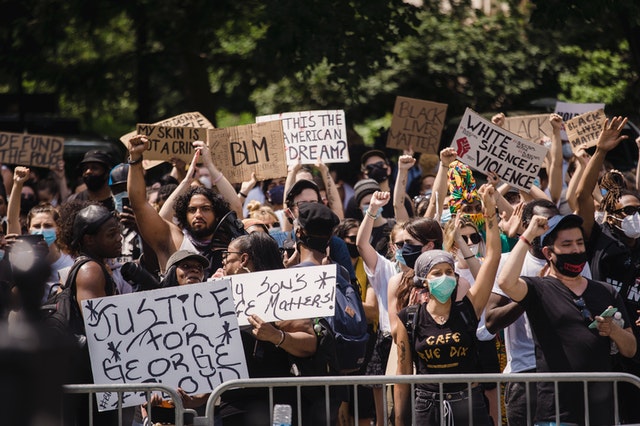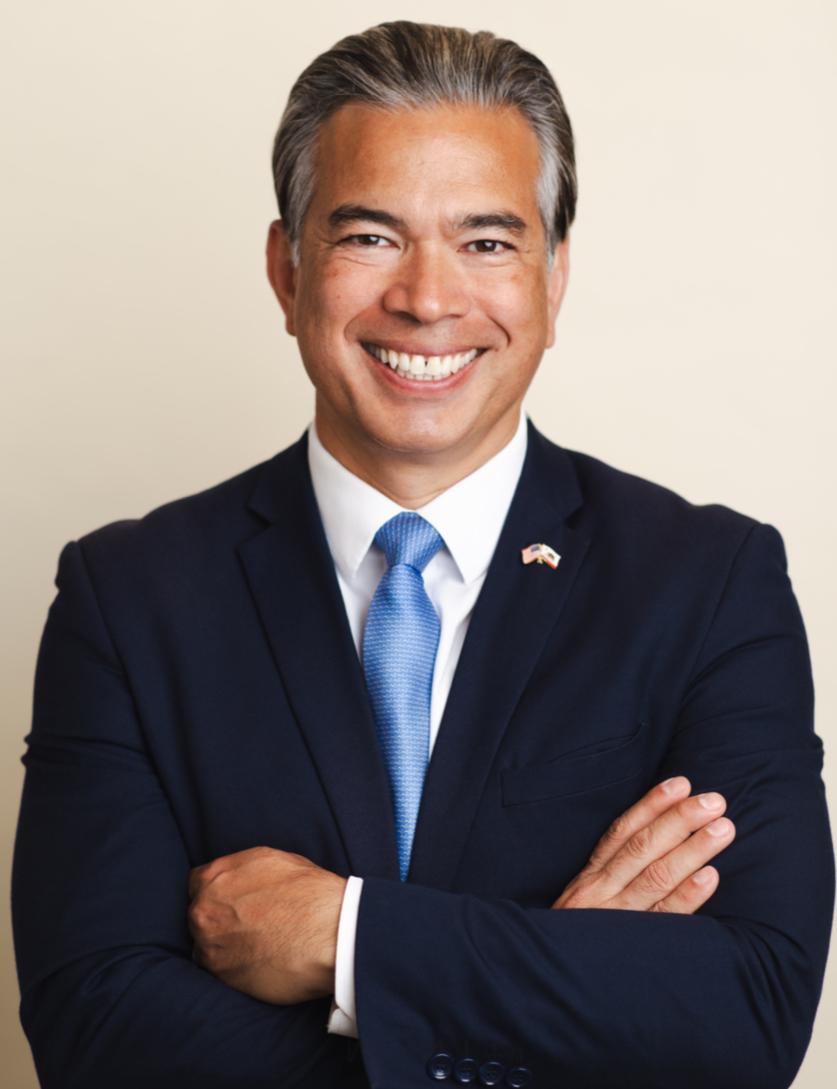
Former FBI special agent discusses the United States’ checkered past with white supremacy and the ways far-right views on race have infiltrated law enforcement
THE ethnic and racial makeup of the United States has, in the last few decades, become more diverse.
The increase in demographic diversity is partly due to immigration influxes, like the migration boom from Asia in the 1980s and 1990s.
But in a deeper sense, diversity thrives in a progressive environment. As the country began slowly reconfiguring systemic racism in the 20th century, it became more welcoming of people from all racial and ethnic backgrounds.
It’s become so that in 2008 when the first election of then-President Barack Obama signaled the arrival of “post-racial America,” a theory that categorizes America as a race-blind country after the election of the first Black president. But as we know, the myth of post-racial America is just that: a myth.
Over the last decade, the national conversation over systemic racism came to a head with the high-profile murders of unarmed Black youth — Trayvon Martin in 2012 and Michael Brown and Tamir Rice in 2014 — by law enforcement.
Police brutality and racial profiling among law enforcement aren’t new phenomena, but they’ve become renewed conversation topics in the wake of the murders of George Floyd in May and Breonna Taylor in March.
The Asian Journal has covered the current conversation about racial injustice and the roles that other non-Black communities of color play in perpetuating antiblackness in all industries and public-facing entities, and the crux of the issue lies in the ways in which systems of bureaucracy are steeped in white nationalist sensibilities.
The problem is that the “post-racial America” fallacy has made it more difficult for any traction to be made in the effort to stifle existing white supremacist policies and practices which, according to former FBI special agent Michael German, have existed since the founding of the U.S.
“One of the things we have to understand is the influence of white supremacy in our society,” German said in a telebriefing hosted by Ethnic Media Services on Friday, Sept. 4.
“We were formed as a nation, as a white supremacist project. This was European colonization of the so-called New World which of course wasn’t new to the people who live there and white supremacy was codified in law for hundreds of years, and police officers enforcing those laws were enforcing white supremacy.”
Anecdotally, there’s undoubtedly been a rise in white nationalism, and it’s not just in the South. More and more white supremacy rallies are being held in areas like Los Angeles, Orange County and New York City.
The increased visibility of white nationalism and far-right radicalism in the last few years has manifested itself in blatant public displays: white supremacy rallies, the growth of online fringe communities and other movements that promote reverting the country back to a nation that largely puts its white citizens first.
“There is still no national strategy around far-right violence and white supremacy violence in the United States and I think is poorly understood partly because the federal government deprioritizes this work,” said German, who has 16 years of experience that includes going undercover while investigating white supremacist groups.
The FBI doesn’t currently track violence spurred from white supremacy, German said, which provides a startling conundrum within law enforcement on the local, state and federal levels. Though white nationalism is bigger now than it was 10 years ago, the FBI still hasn’t developed a system to keep track of the number of victims who were killed by white supremacists.
In regards to the FBI terrorism watch list — a list of subjects of terrorism investigations with the FBI that police use as a resource to determine whether or not someone they encounter is a terrorist — a loophole exists in local law enforcement to allow white supremacists, specifically, off the hook.
Because of this closeness of white supremacists [to law enforcement], the FBI has devised a way to ensure that local officers don’t get in the way of white supremacist investigations.
Usually, local police are given the FBI terrorism watch list in case they come across a subject of a terrorism investigation, but the FBI shields white supremacists from the list because potentially, those local officers — who are likely friendly with white supremacist groups — may intervene in the FBI’s investigations.
“[The FBI] tells the agents not to use the watch list that way and to instead use what’s called a silent hit in which, if a police officer pulled over a subject of a white supremacist investigation and searched that person through the terrorist watch list, they would not get a positive response,” German said.
He continued, “A note would go to the agent who is working the case, but the police officer would not be alerted that this person is potentially dangerous.”
The reason for that is that, German noted, is because the FBI knows that local police may let that subject off the hook, saying “the reason why [the FBI] does this is because it doesn’t want [local] law enforcement searching for their white supremacist friends and then tip them off.”
German said that the “familiar relationship” between white supremacist groups and law enforcement holds strong today when “far right violence, at best, is ignored and at worst being lauded by government officials, including the president of the United States. These white supremacist beliefs manifest themselves in many ways, not least of which comes in the form of violence and deterioriation of public safety for communities of color.
German, however, noted that crime rates and homicides are lower than they were from the 1960s to the 1990s when civil unrest mounted due to civil rights, political unrest and growing resentment of the American public toward those in power.
But, at the same time, lower overall crime rates don’t always tell the full story, especially in a policing system that still racially profiles subjects, finds loopholes for other subjects and refuses to take accountability for these faults.
“So even though there are fewer homicides, law enforcement is solving fewer homicides, and that’s something I think needs a lot more inquiry [into],” German said. “And particularly when you look at those unsolved homicides, they tend to be against the very communities that are overpoliced as suspects of crime: black and brown communities, indigenous communities and all these other communities where the police are not as aggressive in actually investigating real crimes against those communities, but are more interested in pursuing them as suspects.”








Why is ethnic replacement a “crime against humanity” when the Chinese government does it to native Uighers but not when the US Rulers do it to native white Americans?